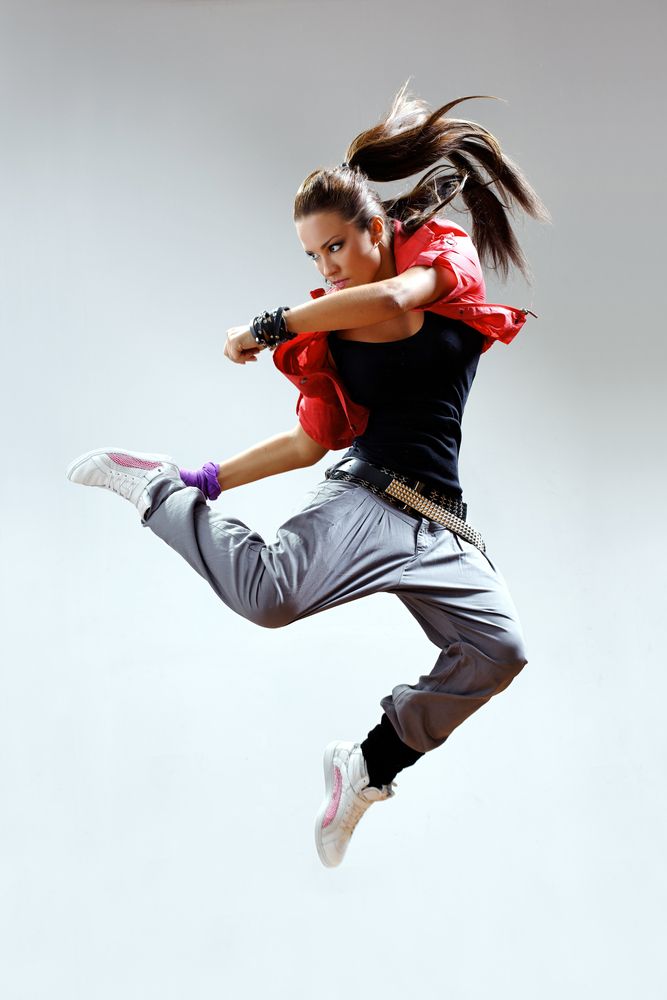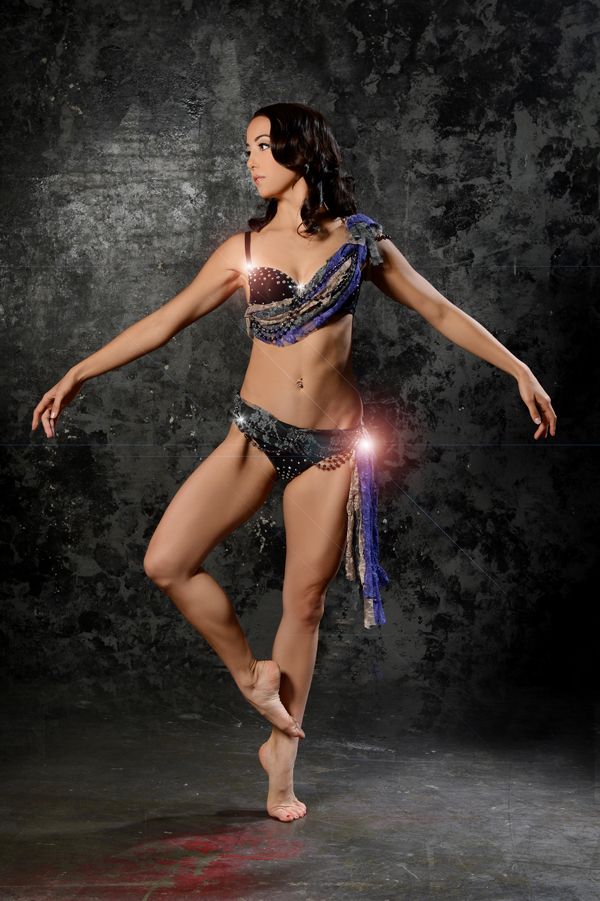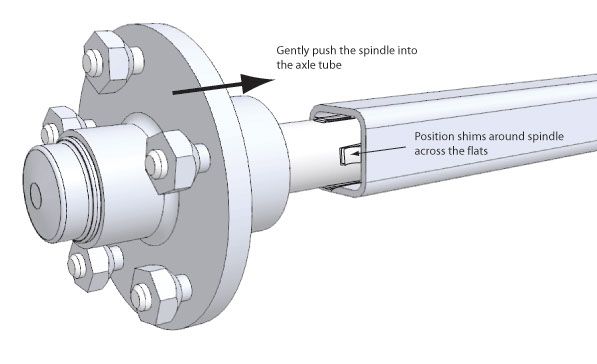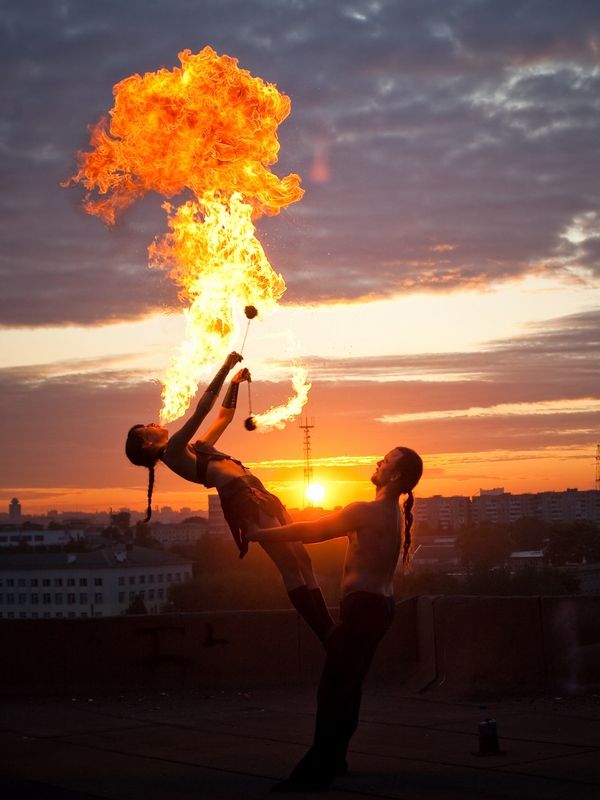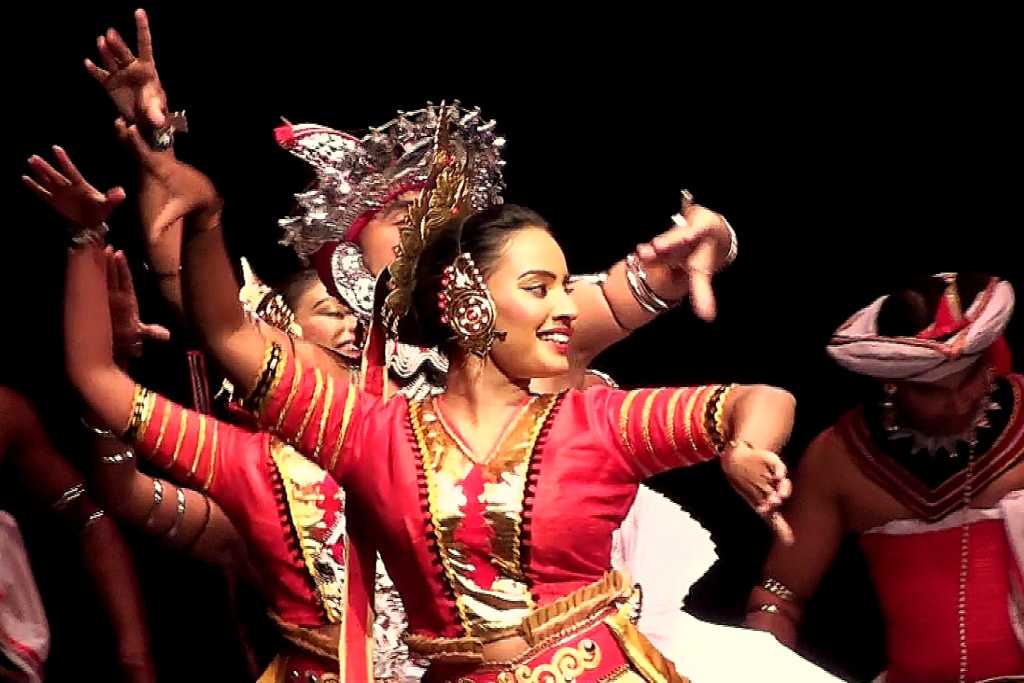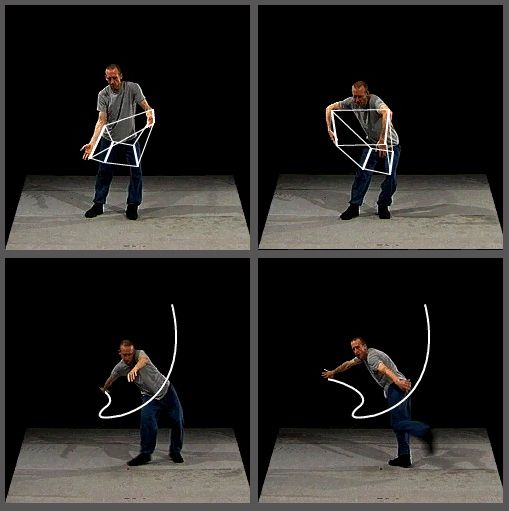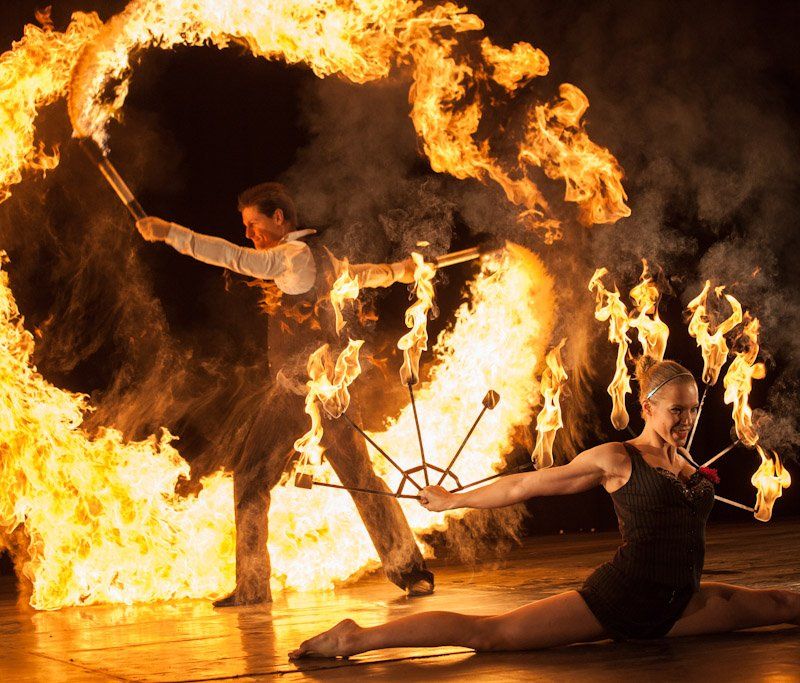How to do basic swing dance steps
Learn Basic Swing Steps
Swing is a lively, non-progressive partner dance that can be danced to a wide variety of music, from blues to rock & roll. Non-progressive means it's mostly performed in one spot, so it's very convenient on a crowded dance floor.
- Basic steps
- Instructions & Diagrams
- Video
- Recommended Video Lessons »
Quick intro
Swing is one of the most versatile partner dances you can learn - very social and beginner friendly. Easily adaptable to a wide range of tempos, it involves movements with lots of swinging, spinning and rhythmic, creative footwork.
There are many different styles of swing, the term actually refers to a group of dances that developed from the swing style of jazz music in the first half of the last century. There's Lindy Hop, Boogie-Woogie, Jitterbug, Shag, Charleston, West Coast and East Coast Swing, just to name a few. Each of these dances has its own distinct flavor.
One of the most popular and very suitable for beginners is the East Coast Swing. It's a bit more social and relaxed than other versions. It's also a formal ballroom dance and the easiest to learn. Perfect for beginners, which is why we'll focus on this version here. It will create a good foundation and is the base for other more complex versions.
East Coast Swing can be danced to a variety of music styles. If it's written in 4/4 time and has a tempo between 135-170 beats per minute, you can swing it.
To dance swing you'll need a partner, a sense of humor, and a bit of endurance. It may seem a bit intimidating at first, especially if you're watching those who really mastered it. But as with all things, you have to start with the basics. And the basics are easy. Once you learn the fundamentals, you'll be swinging in no time. Always remember, wear comfortable shoes. Now let's go swinging.
Basic steps (East Coast Swing)
Beginners usually start with East Coast Swing, because it is the easiest of all swing styles. Here we will show you the basic 6 count step for East Coast Swing.
Here we will show you the basic 6 count step for East Coast Swing.
East Coast Swing has a basic count of 1&2, 3&4, 5,6. It's known as a triple step swing. The basic pattern is triple step, triple step, and a rock step.
When you're starting out you can replace the triple step with a single step. In that case the pattern would be step, step, rock step or rock step, step, step, depending on how you start counting. The overall progression is, of course, the same.
The triple step is really not that difficult to master, it is performed in a chasse-like manner - side step, together, side step.
Instructions & Diagrams:
Basic Steps For Men: The man starts with his left foot.
- 1&2: Triple step (chasse) to the left (left-right-left)
- 3&4: Triple step to the right (right-left-right)
- 5: Step backward with your left foot
- 6: Weight shifts to your right foot
Basic Steps For Women:
The woman starts with her right foot.
- 1&2: Triple step (chasse) to the right (right-left-right)
- 3&4: Triple step to the left (left-right-left)
- 5: Step backward with your right foot
- 6: Weight shifts to your left foot
Remember, keep the steps small.
Video
Leon and Kim will show you the basic steps, how to turn, and more:
more videos »
Now let's have some more fun, let's do some kicking:
Where to go next?
When you're ready for more fun, check out our recommended video lessons.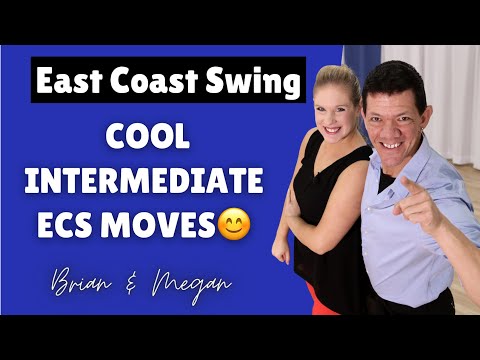 Video is a great way to learn dancing.
Video is a great way to learn dancing.
How To Swing Dance For Beginners (Step By Step Guide)
Table Of Contents:
Swing Dance History & Character
How To Count In Swing
Swing Basic Step #1 – Video
Swing Basic Step #2 – Video
Learning how to Swing dance isn’t rocket science…
Like all Ballroom dances, Swing dancing is based on specific basic steps that once mastered can be applied to all kinds of turns, hand swaps and spins. Below you will learn the 2 main basics steps of Swing.
What is Swing Dancing?
This style of Swing is East Coast Swing which originates from Lindy Hop. It is a Stationary partner dance that doesn’t travel much – Meaning it is pretty much danced on the same spot – As opposed to a traveling Ballroom dance like Waltz. The character of this dance is playful and lively. There are a lot of turns and spins that make this dance really fun for couples.
Swing Songs To Practice To:
* Many of the popular songs played on the radio fit this dance including:
Zac Brown Band – Loving You Easy – Slow Tempo
Michael Bublé – Haven’t Met You Yet – Faster Tempo
How To Count The Swing
Beginner Way of Counting the Swing:
Rock Step, Triple Step, Triple Step.
The Count using numbers:
1,2 (Rock Step), 3 a 4 (Triple Step), 5 a 6 (Triple Step).
* We strongly recommend that you count in the beginner way for a while. However, it is important to understand that the rocks step has two full weight changes to 2 beats of music. And the triple steps (3 a 4 Or 5 a 6) have three weight changes to only 2 beats of music. This makes the triple steps faster.
How to Swing Dance – Basic Step #1:
Breakdown of the Swing Steps (East Coast)
Men:
Starting with left foot
Rock step – Step back with left and replace on right.
Triple step to left – Side, close, side (left, right, left)
Trip step to right – Side, close, side (right, left, right)
Women:
Starting with right foot
Rocks step – Step back with right and replace on left.
Triple step to right – Side, close, side (right, left, right)
Triple step to left – Side, close, side (left, right, left)
The Lead:
* Connect fwd to each other before starting to dance.
Leaders: Apply pressure fwd using the entire body but mostly the left arm (For the rock step). Make sure to extend the elbow slightly. Now, after the rock step, using your body weight and right arm connection, lead the followers to triple side steps in both directions. Ladies, don’t anticipate the lead – Simply connect forward to your partner to feel his lead.
Basic #2: Swing Outside Turn (Right Underarm):
Breakdown of Outside Turn (Above)
Men:
Starting with left foot
Rock step – Step back with left and replace on right.
Triple step to left – Side, close, side (left, right, left)
PIVOT 1/4 to left (On left foot)
Trip step to right – Side, close, side (right, left, right)
Women:
Starting with right foot
Rocks step – Step back with right and replace on left.
Triple step to right – Side, close, side (right, left, right)
PIVOT 3/4 to right (On right foot)
Triple step to left – Side, close, side (left, right, left)
The Lead:
* Connect fwd to each other before starting to dance.
Leaders: Just like in the most basic step, extend your left arm to the followers to allow her to do her Rock Step. Immediately after, as you do the side triple step to the left – raise the left arm just above the follower’s head (indicating a turn coming up). Now on count “&” circle the left arm over the follower’s head as she turns underarm. Make sure to extend your arm to clear your partner’s head.
Other Swing Moves you should learn:
– The Inside turn
– Changing hands behind back
– The Cuddle turn
– The Stop and Go
– Kicks & Flicks
Check out all our Swing dance lessons
Want More Dance Lessons?
We offer a membership that includes access to 300+ Ballroom and Latin dance videos online.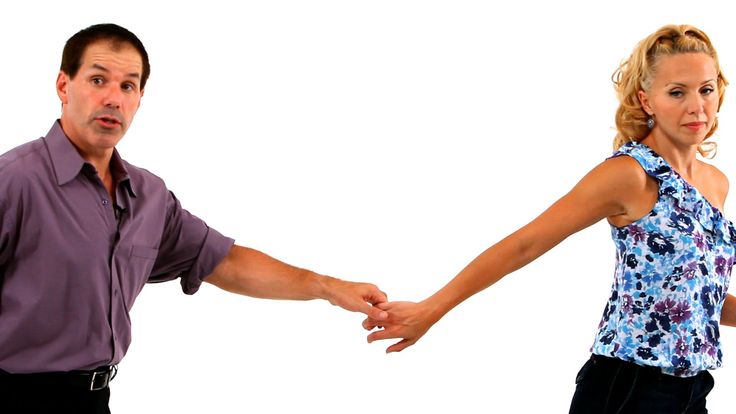 Including American & International style videos.
Including American & International style videos.
Membership Info & Registration
Get More Dance Lessons:
How to Ballroom dance For Beginners
How To Cha Cha Dance
Rumba Dance Steps
How To Waltz
Salsa Basic Steps
How To Dance Bachata
How To Dance At Weddings
Female step swing dance (video lessons) watch online
All » Swing » Twist » Women's swing dance step (video lessons)
Poll
Which section should you stick to?
Ballroom dance
Latin dance
Modern dance
Folk dance
Swing dance
Erotic dance
Catalog
- Ball dancing (388)
- Slow Waltz (39)
- Vienna Waltz (27)
- Tango (89)
- Slow Foxtrot (23)
- Quikstepstand (40)
- Samba (40 )
- Rumba (29)
- Cha-cha-cha (51)
- Jive (24)
- Paso Doble (11)
- Ballroom dancing technique (45)
- Latina Club (514)
- Salsa (277)
- Bachata (87)
- Mambo (18)
- Merengue (30)
- Lambada (6)
- Zouk (16)
- Pachanga (5)
- Modern dance (2586)
- Hip-hop ( )
- Hip-hop (9005) techto tecto ) (107)
- RnB (33)
- Break dance (261)
- House (89)
- Go-Go (93)
- Club dance (531)
- C-Walk (22)
- C-Walk (22)
- 18)
- Modern Jazz (33)
- DnB (21)
- Jumpstyle (5)
- Crump (3
- Lezginka (9)
- Indian dances (94)
- Spanish dances (56)
- Egyptian dances (1)
- African dances (15)
- Russian dances (9)
- Caucasian dances (
- ) Chinese dances (2)
- Jewish dances (2)
- Greek dances (8)
- Tatar dances (2)
- Bulgarian dances (2)
- Polka (2)
- Gypsy dances (14) Cow dance (1)
Social networks
Popular
Advertising
Reflections: On the nature of the (pure) balboa
Nick Williams recently posted on his Facebook: “Balboa dancers, we need to talk.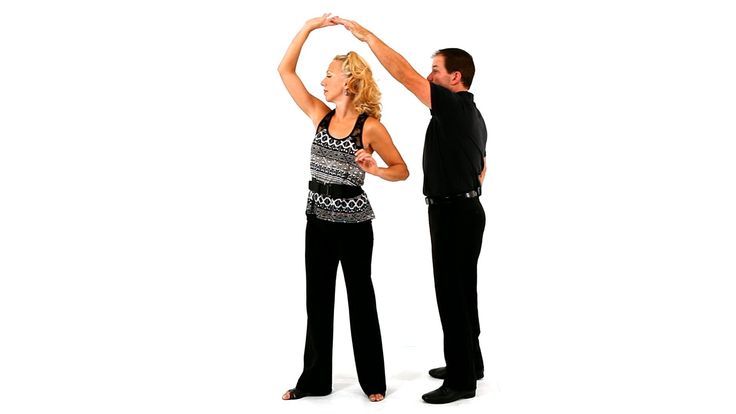 What do you think pure balboa is?” He was kind of frustrated with what people do during pure balboa competitions, and I agree with him here, it's often not what most of us balswing teachers think of as pure balboa.
What do you think pure balboa is?” He was kind of frustrated with what people do during pure balboa competitions, and I agree with him here, it's often not what most of us balswing teachers think of as pure balboa.
Anyway, I responded to this post with roughly the following words, and I think it was a good quick answer for people who want to know what pure balboa is and how it differs from balswing.
When I started competing in balswing competitions, some of them still had (and still do) the pure balboa round. At the time, around 2003, as I remember, the main advice was: “Pure balboa means close position (contact in the chest area). Do not open a couple. I may have been given some more sophisticated advice, but this one is what I remember - "chest contact" (and this probably shows in my early pure balboa competitions). Now I am glad that I understand a much greater difference between these two dances, which the oldtimers called balboa and balswing.
Any dance exists for a very specific reason.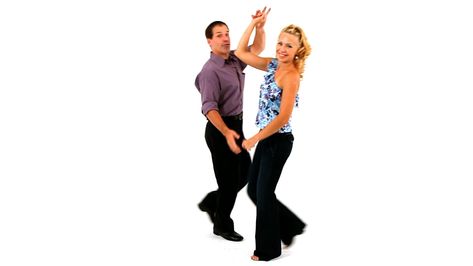 I mean that every dance style has its own nature, which makes it that dance and no other. The essence of the Balboa was shaped by the environment. It was something that was danced in crowded halls, hence the need for a close position. In the crowded halls there was no footwork to be seen, so this is not a dance where the beauty of the variations in the legs was shown. In crowded halls it was impossible to watch the dancers, so it was not a dance for the audience, but about communication within the couple, without involving anyone else. Balboa was a dating dance, a dance with a jacket, tie, skirt and heels, hence the compactness of the dance to sweat less. These boundaries shaped the dance and helped develop other aspects of the style: under these conditions, it was natural to shuffle across the floor, play with rhythms and weight transfer, and small changes in direction made the dance interesting in a confined space. So you see that pure yualboa has a very specific nature.
I mean that every dance style has its own nature, which makes it that dance and no other. The essence of the Balboa was shaped by the environment. It was something that was danced in crowded halls, hence the need for a close position. In the crowded halls there was no footwork to be seen, so this is not a dance where the beauty of the variations in the legs was shown. In crowded halls it was impossible to watch the dancers, so it was not a dance for the audience, but about communication within the couple, without involving anyone else. Balboa was a dating dance, a dance with a jacket, tie, skirt and heels, hence the compactness of the dance to sweat less. These boundaries shaped the dance and helped develop other aspects of the style: under these conditions, it was natural to shuffle across the floor, play with rhythms and weight transfer, and small changes in direction made the dance interesting in a confined space. So you see that pure yualboa has a very specific nature.
UPD: After further thought and discussion with Balboa teachers and historians at the Balboa Experiment, I have a few small additions to the description above.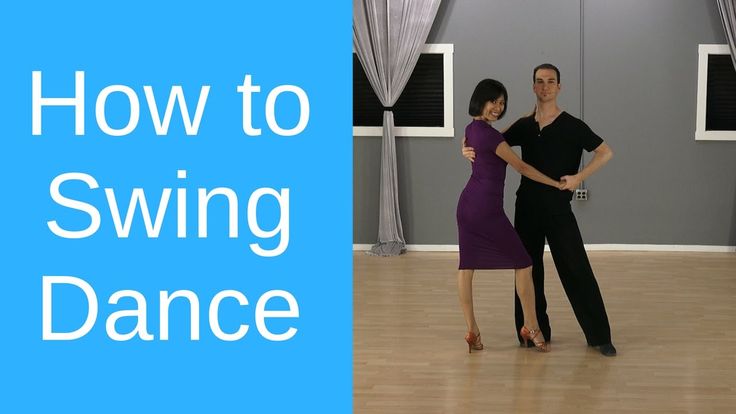 Although pure balboa was not a dance to shine and splurge, many couples cared about how they looked from the outside. And a lot of people had very strong opinions about what a Balboa should be and what it shouldn't be. Therefore, it is not entirely accurate to say that it was a dance only about contact within the couple. However, it was definitely not a dance for the audience, in the sense that it was not intended to entertain or delight the audience. Many dancers simply liked to look good and felt that the dance needed a certain aesthetic. (16/05/13)
Although pure balboa was not a dance to shine and splurge, many couples cared about how they looked from the outside. And a lot of people had very strong opinions about what a Balboa should be and what it shouldn't be. Therefore, it is not entirely accurate to say that it was a dance only about contact within the couple. However, it was definitely not a dance for the audience, in the sense that it was not intended to entertain or delight the audience. Many dancers simply liked to look good and felt that the dance needed a certain aesthetic. (16/05/13)
Here you can find out how (pure) balboa was danced in those days.
Later, at some point in the 1930s, dancers of an expressive dance in an open position called "swing" began to add figures from balboa, something they already knew or saw, and thus expanded the number figures in their dance. (Note: the nature of swing was expressive, both in pairs and solo, and was therefore considered far more spectacular.) This marked the beginning of the transformation of swing into what we know today as balswing. But don't be fooled by this double name. It was the swing dance that turned the Balboa into figures more in line with their expressive and, to some extent, extravagant essence, and not vice versa. That's why the following is important: almost every one of us in today's dance community is a dancer swing who also knows some pure balboa, but not a pure balboa dancer. There are very few people I know who have dedicated their dancing careers to pure balboa only, in keeping with its essence as described earlier.
But don't be fooled by this double name. It was the swing dance that turned the Balboa into figures more in line with their expressive and, to some extent, extravagant essence, and not vice versa. That's why the following is important: almost every one of us in today's dance community is a dancer swing who also knows some pure balboa, but not a pure balboa dancer. There are very few people I know who have dedicated their dancing careers to pure balboa only, in keeping with its essence as described earlier.
Today's competitions often include pieces of pure balboa to honor the balswing's dance counterpart (if you can call it that) and also, probably because of a desire to "keep this dance alive". But it may be too esoteric to run purely pure balboa competitions, especially when, on the one hand, most competitors are expected to understand what makes pure balboa a stand-alone dance, distinct from balswing, and on the other hand, these are apparently rarely explained. differences in class or during competition.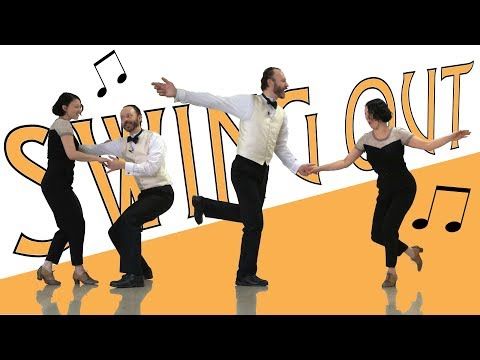 (I've heard stories of many oldtimers getting confused when they were told we had a pure balboa competition - they thought we were missing the point. Based on the nature of the pure balboa described above, it makes sense to have such a competition, but only to test the knowledge of this dance and/or demonstrate to the audience what it looked like before.Unfortunately, if the students do not have the appropriate knowledge of the subject, such a demonstration is more likely to lead to confusion.)
(I've heard stories of many oldtimers getting confused when they were told we had a pure balboa competition - they thought we were missing the point. Based on the nature of the pure balboa described above, it makes sense to have such a competition, but only to test the knowledge of this dance and/or demonstrate to the audience what it looked like before.Unfortunately, if the students do not have the appropriate knowledge of the subject, such a demonstration is more likely to lead to confusion.)
The upshot of all this is that most of the competitors in the pure balboa round dance what I would call "closed position balswing". They draw attention by doing super cool variations, each on its own, even managing to throw in lifts and tricks sometimes; they just do it all while maintaining close contact with their partner. (Some judges I know don't score these parts at all, others just treat them like balswing competitions, and there are those that give extra points for pure balboa but don't factor that into the final scoring. )
)
Some people see this dance as the result of their own evolution and describe it as "pure balboa then and pure balboa now", but I think this is a false attitude towards such things. Of course, we can change and develop the dance form, while maintaining its essence, as we do in the Lindy Hop or balswing. But if you change the very essence of the dance, I think then you officially stop dancing this dance, you dance something else. (It follows that the modern dancer who makes a flamboyant footwork and draws attention with individual dancing while maintaining chest contact is actually dancing a balswing in a closed position, but not a pure balboa at all.)
But it's not entirely their fault, and perhaps hardly their fault. If we, as educators and organizers, expect others to know what we mean by pure balboa, then it is our responsibility to make that clear. I know that Keith and I, as well as some other teachers, are open about these things. And I know that many organizers of top balswing competitions have discussed (and will continue to discuss) this topic with their teachers and other staff.
